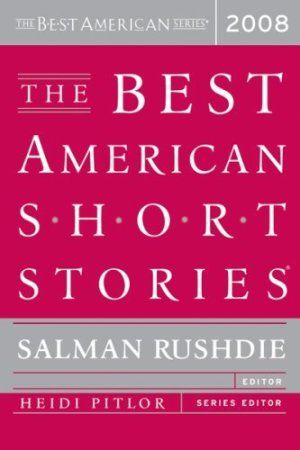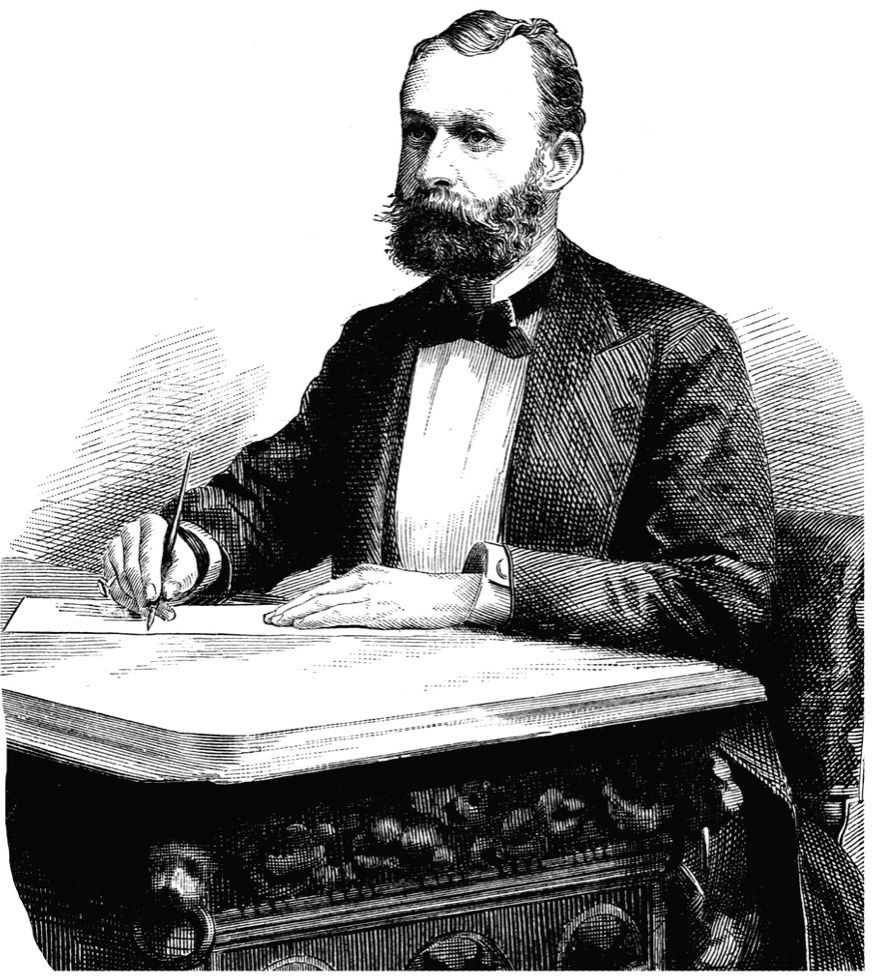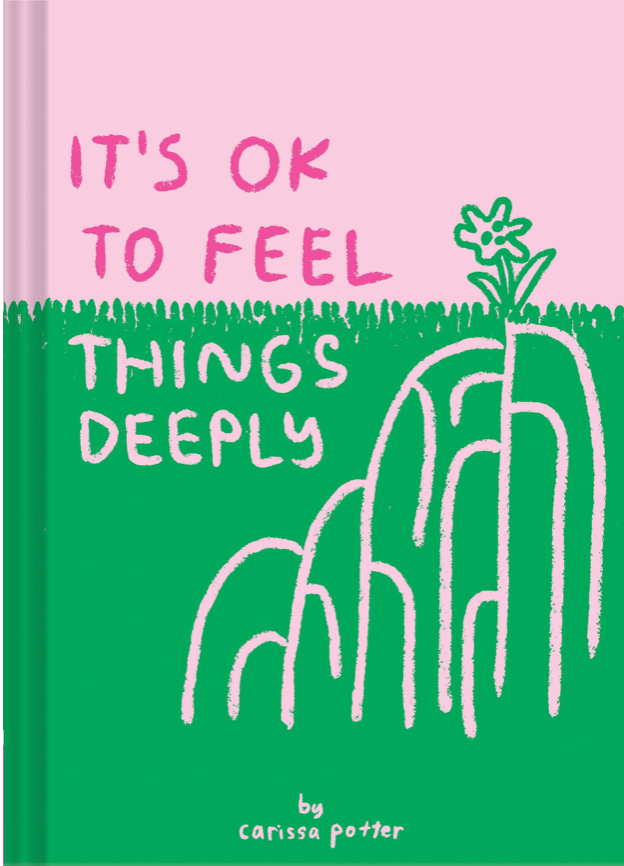
The average person, confronted with a free half hour, might spend it watching television or staring at a computer screen – or maybe reading a novel. Maybe. But of those inclined to read, few might read a short story, even it could be finished in that half hour. The short story is the novel’s cousin, sitting in the corner at the party, pleasant looking, full of interesting conversation, but never dancing on the table or telling an outrageous tale at full volume. The short story does not seek attention; it does not market itself. Instead, the short story holds the capacity to stun, inspire, and enrich the life of its reader – but you won’t catch it parading on bestseller lists or Oprah’s Book Club.
It’s easy to dismiss the short story as “apprentice art,” as Barbara Kingsolver suggests in her introduction to the 2001 Best American Short Stories. But writers known more for their stories than anything else – Chekhov, Kafka, Flannery O’Connor, Donald Barthelme, Raymond Carver, Alice Munro, Lorrie Moore, and Tobias Wolff – destroy that theory.
With the proliferation of MFA programs and other creative writing workshops, the short story’s popularity tends to lie heavily among students, would-be writers, and published authors. It is easier to workshop and teach the short story form than the novel, so writers can get more practice with short fiction. We see the two-book deal: a short story collection followed by a novel, as if the collection is just a warm-up. Short stories don’t market well; they rarely make it on the bestseller lists. (Nathan Englander provides one exception, as his book For the Relief of Unbearable Urges spent time on the New York Times bestseller list.)
Despite dismal attention to the short story, several have lately championed the form. Most recently, Dan Wickett of the Emerging Writers Network encouraged readers to observe Short Story Month in May. Wickett set out to read three stories a day – one from a collection, one from a print journal, and one from an online journal. Guest bloggers shared their favorite short stories.
The constraints of the short story form create a unique challenge for the writer. Publishing short stories rarely leads to wealth, or even to earning enough to sustain most writers, so the short story writer does not have to write toward money or a market. The confines of sheer space allow the story to do things a novel does not. Everything counts in short fiction. A writer must push against and with limitations, creating greater tension. A short story is life distilled.
Take Lydia Peelle’s story “Reasons for and Advantages of Breathing.” Peelle writes the story in sections, modeled after a biology textbook’s organization. A woman deals with her disintegrating marriage, loneliness, and the challenges of making it through everyday life. To contrast her emotional struggle to live, Peelle introduces a herpetologist and his reptiles, creatures who exist simply to survive. When the woman tells him about an attempt at suicide, he says, “Trust the body, not the mind…The body loves itself.”
A short story demands more from a reader than a lot of novels. Because every choice the writer makes in a short story bears on its meaning and experience, the reader must pay extra attention. No skimming boring passages or breezing through every couple of pages. Reading a short story requires work, arguably more than both nonfiction and novels.
In fiction, the short story’s form allows for experimentation. Though writers needn’t cater to our ever-shortening attention spans, this particular form does allow us to trust the writer long enough to see what will happen.
But because a short story condenses material and requires so much work, it enriches the reader in a way one can’t escape. Like a pithy quote, one can ruminate on a short story for long after the last sentence. The story lingers and echoes in the spaces of our lives. It may be something as simple as an image, or as complex as a change in perspective.
Paul Yoon’s recent collection, Once the Shore, offers the reader several stories set on an imagined island. Something enchanting about the island and its people breathes out of the stories. In the title story, a young man and an older woman each deal with grief, connecting as if through mutual isolation, though they come from separate cultures, generations, and socioeconomic classes.
The short story tells us about culture. While each school of thought upholds a different idea about how art should handle reality, the fact is that how a story handles reality reflects how we see the world.
As common as irony is today, it’s no shock that one might question the sincerity of others and the self. In David Foster Wallace’s story “My Appearance,” an actress prepares for an appearance on television with David Letterman. Her husband coaches her to present her personality in such a way that the character of David Letterman does not destroy her. Essentially, she needs to adopt a false identity in order to show her real one, survive and avoid any ridicule, and appear sincere. The actress seems averse to putting on airs, but in the end, one can only question if she’s triumphed in sincerity or mastered the art of manipulation.
Not only can a story question a character’s motives (and perhaps the reader’s as well), but it can also reveal multiple sides to a person one might rather dismiss or stereotype. In Holly Goddard Jones’s story “Proof of God,” the reader meets a young man who could be anyone, yet commits a crime one might reserve for the truly terrible. She depicts his confusion and humanity alongside his evil nature. The story does not rely on an easy binary of good/evil, but rather asks the reader to see both simultaneously.
Ultimately, short stories challenge us to see our surroundings in new ways. Technical innovation presents what we take for granted as familiar and represents it as foreign. Characters resemble people we may know, and therefore, provide insight, which may lead to compassion. Short stories force us to pause from our frantic lifestyles long enough to think.
Take a second to experience a story in any literary journal, or locate a copy of the PEN/O. Henry Prize Stories, Best American Short Stories, or the Pushcart Prize stories.



